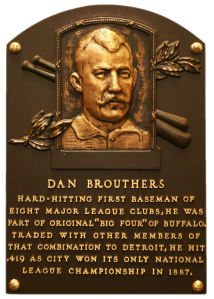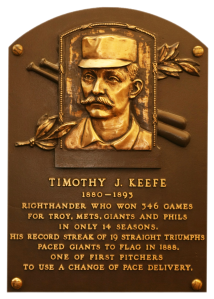
Year Inducted: 1946 (Veterans Committee)
Score: 33857
The Dead Ball Era has seen its fair share of great pitchers. Christy Mathewson, Pete Alexander, Walter Johnson are the most famous, but there are many other great pitchers of that time as well. Guys like Chief Bender, Eddie Plank and Mordecai Brown were also tremendous pitchers as well. Before that period, the game was dominated by pitchers like Cy Young and Tim Keefe. Still, none of them have the record for the lowest ERA of all-time. That record belongs to White Sox ace Ed Walsh.








